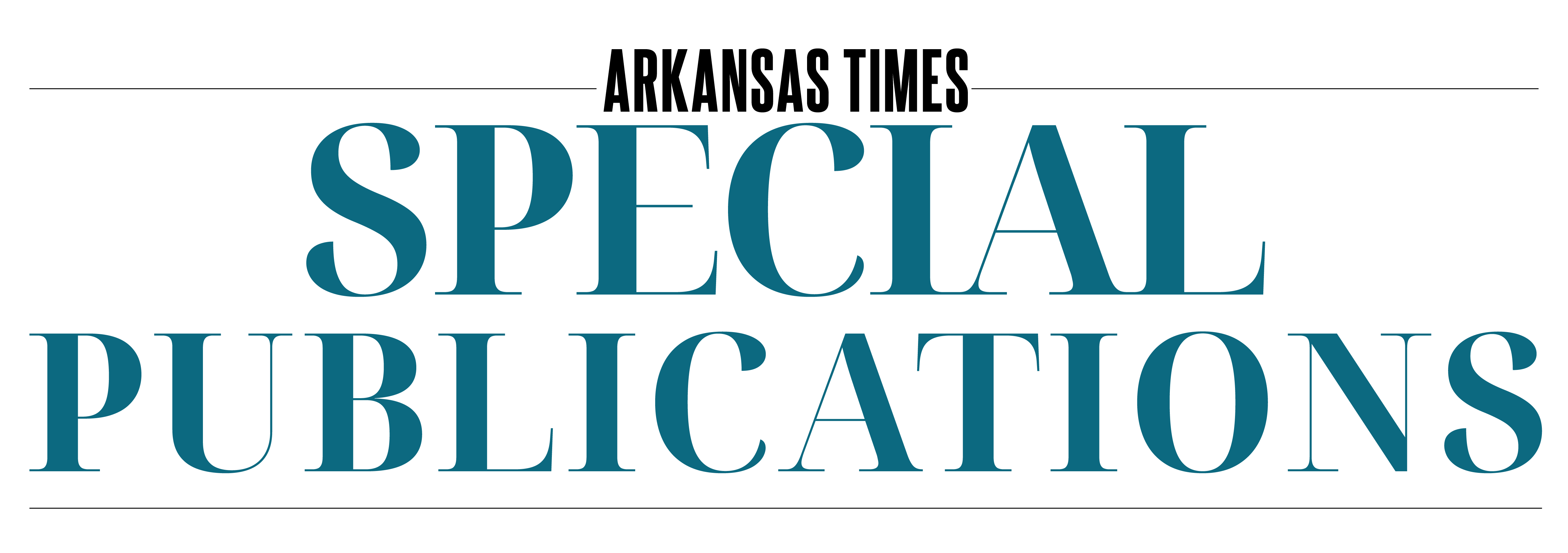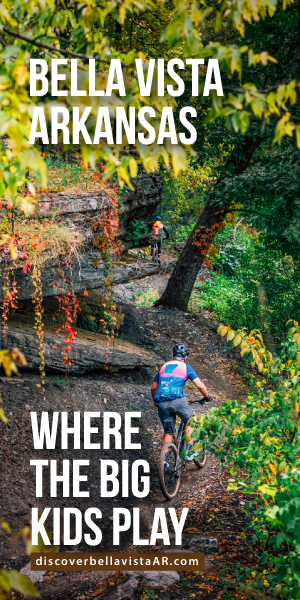The laundry room has been retrofitted into a Zoom-ready office. Playgrounds and libraries have been closed. Restaurants are setting up shop in parking spots to accommodate desperate diners. The COVID-19 pandemic has fundamentally altered our sense of private and public space. Having been confined to the former, we yearn for the latter. So where do we go and what do we do? The Slow Streets movement might be the answer: Give people the keys to the streets.
For the past several months, we’ve walked around with a kind of backseat driver in our brains: Am I far enough away from that person? Is my mask doing what it’s supposed to do? Was that cough a sign of something else?
When we have occasion to tell this backseat driver to back off — in the comfort of our own homes, for example — the relief is palpable. We yearn for the day when we can tell it to get lost for good.
For the past 100 years, we’ve walked — and biked — around with another kind of backseat driver in our brains, one whose authority is so entrenched that its appeals no longer take the form of anxious questions, but of commands: Look both ways. Don’t jaywalk. If you do, you better run. You are trespassing; streets are for cars.
Policies, design standards and statistics bear out the fact that streets are not for people. We have passively accepted this fact, along with the concomitant and unconscionable costs of car culture: In the United States from 1918-2018, 3.7 million people were killed by cars. That’s nearly three times the number of people killed in all American wars combined. Our streets are the front in the war between cars and human beings. The cars are winning.
That’s why we need Slow Streets. These happenings are relatively straightforward. All a neighborhood or city has to do is put up a few signs and temporary obstacles (aka “soft closures” — make them pretty!) in the middle of residential roads and intersections to indicate to motorists that they are about to enter a corridor where human beings — on foot, bike, wheelchair, skateboard, unicorn, whatever — reign supreme. In other words, all it takes is a couple of A-frames and flower pots to say to motorists, “You are trespassing; these streets are for people. It’s your turn to look both ways. And slow down — I’m walking here.”
Efforts should also be made to draw people into the streets. But that doesn’t mean there needs to be a master of ceremonies and a run of show. The former is the people, the latter is life. If the space is safe, it will happen organically.
Slow Streets, therefore, means not only a reclamation of public space, but of mental space as well. During and within the confines of Slow Streets, we can breathe a sigh of relief — for a precious few hours along a stretch of peaceful blocks, the backseat driver has been silenced and the natural hierarchy has been restored: people first, cars second. In this arrangement, a reclamation of space is literally a reclamation of life.
Such a reclamation is especially necessary during this pandemic, which has transformed our concept of public space. Playgrounds across the country have been closed to reduce the risk of contact transfer. The open spaces of parks and mountain biking trails can quickly become crowded and, therefore, dangerous. (Trail counts in Bentonville have been skyrocketing since the pandemic hit.) And yet people need to be outside for all the obvious reasons. (Plus the fact that studies show that the risk of COVID-19 infection is far greater in enclosed environments.) So why not transfer the game of pick-up baseball from the diamond to the blacktop? The image of kids playing stickball in the streets while parents gossip on the sidewalks is consummately American, and yet that image has been all but lost, a memory of an America that was. The good news is that we can bring it back. All it takes is signage and collective resolve.
The regional bike advocacy nonprofit BikeNWA piloted the first Slow Streets in Bentonville in response to the crowded mountain biking trails. People simply needed more room to be active outdoors while adhering to the CDC’s social distancing guidelines. The one-mile route meandered from The Momentary to the downtown square and up to Compton Gardens, where it connected to the Razorback Greenway, which loops back to The Momentary. A 4-hour block on two consecutive Sunday afternoons paved the way for weekly 8-hour Slow Streets that will run at least until Labor Day. The success in Bentonville encouraged BikeNWA to pilot Slow Streets in Fayetteville, where residents were able to reclaim a 3-mile route that also connected to the Razorback Greenway and linked residential areas, businesses, a park and — most importantly — people, unfettered by the fear of being hit by a car.
When folks step outside the Slow Streets zone, this makes the return of the backseat driver all the more galling because now we know that it doesn’t have to be this way. This is the beginning of totally reimagining our streets — as extended dining rooms, porches, classrooms and more. This is the beginning of the end of the unspoken rule that a private automobile is one’s only ticket to the single largest agglomeration of public space in the nation. (A recent article in The New York Times reported that “a third or more of the space in any city is devoted to streets.”) A truly public space requires no tickets, no backseat drivers and no risk to life and limb.
That’s why Slow Streets should be the rule, not the exception. The trade-off is simple: In exchange for slightly longer vehicular travel times, we’ll have fewer traffic deaths and plenty of room to safely think, breathe and be — together. Not a bad deal for the cost of a few A-frames and flower pots.
When we free people from the fear of imminent injury and the sense that they are trespassing on public property, a miraculous transformation occurs: The backseat driver is able to sit shotgun and become not a nuisance, but a co-conspirator in adventure. Questions and commands become exclamations: Let’s get our bikes! Let’s see what’s around that corner! Let’s do this in our neighborhood!
To learn more about how you can bring Slow Streets to your community, check out The Street Plans Collaborative’s “Tactical Urbanist’s Guide to Materials & Design” and bikenwa.org/slowstreetsnwa.
Paxton Roberts is executive director of Bike NWA. Sam Slaton is a teacher at the Thaden School in Bentonville, Arkansas, and a candidate for Justice of the Peace in District 8 in Benton County.
Embrace Slow Streets: Give roads back to the people.



